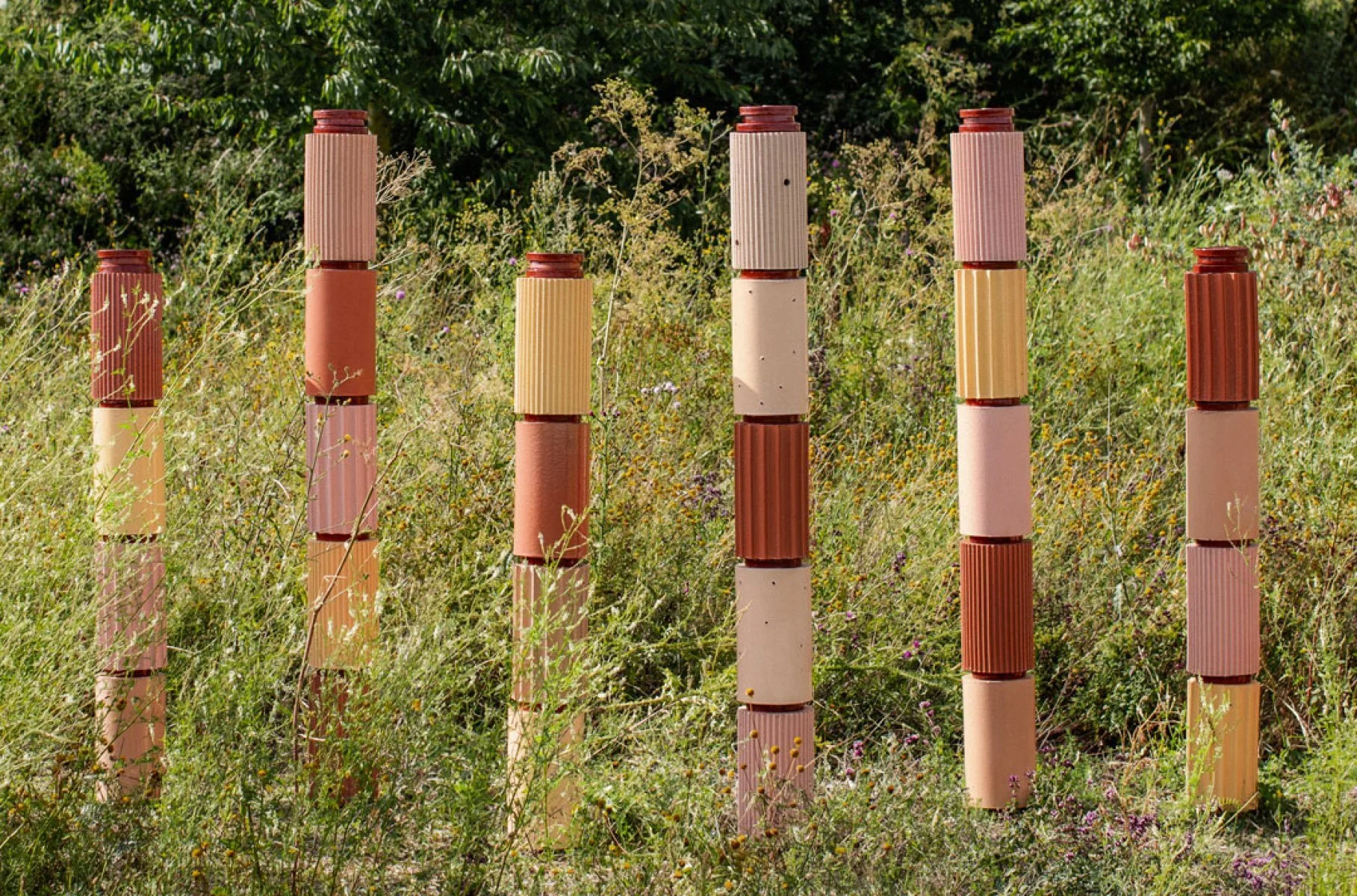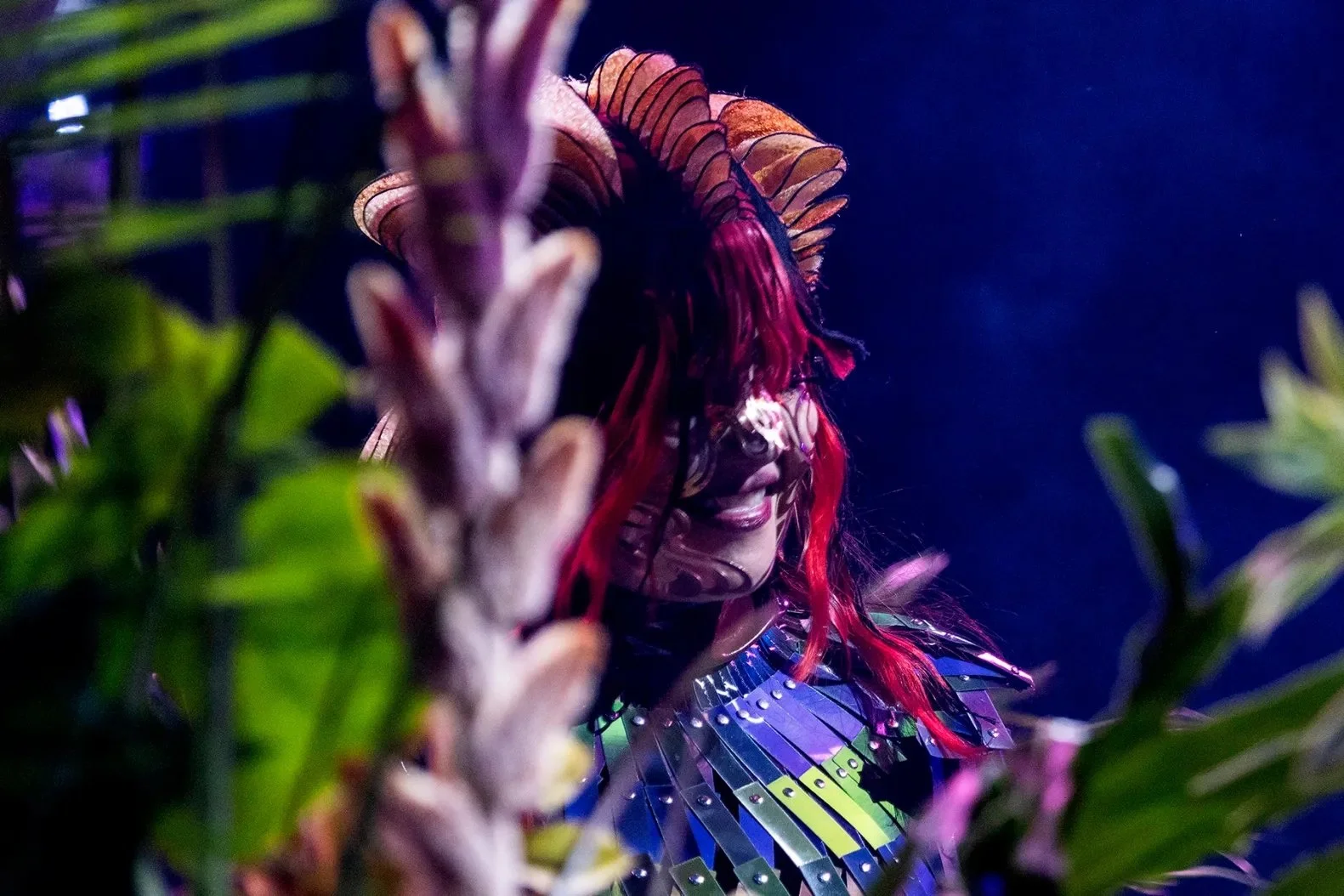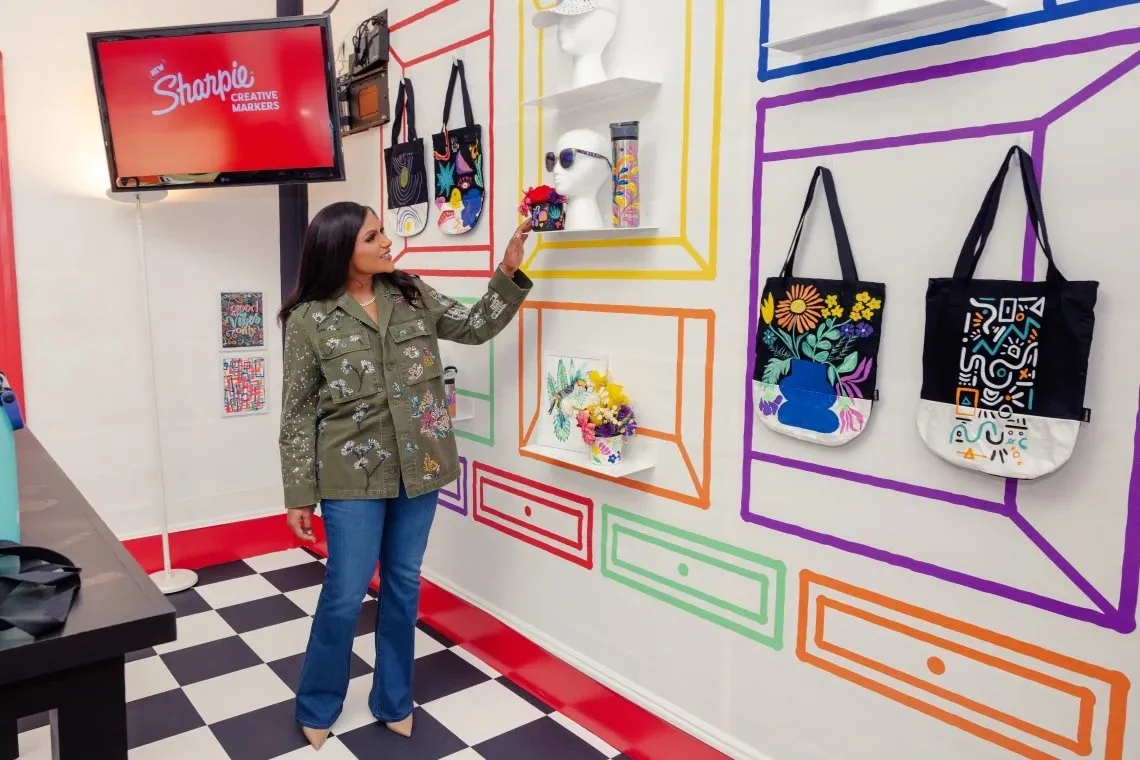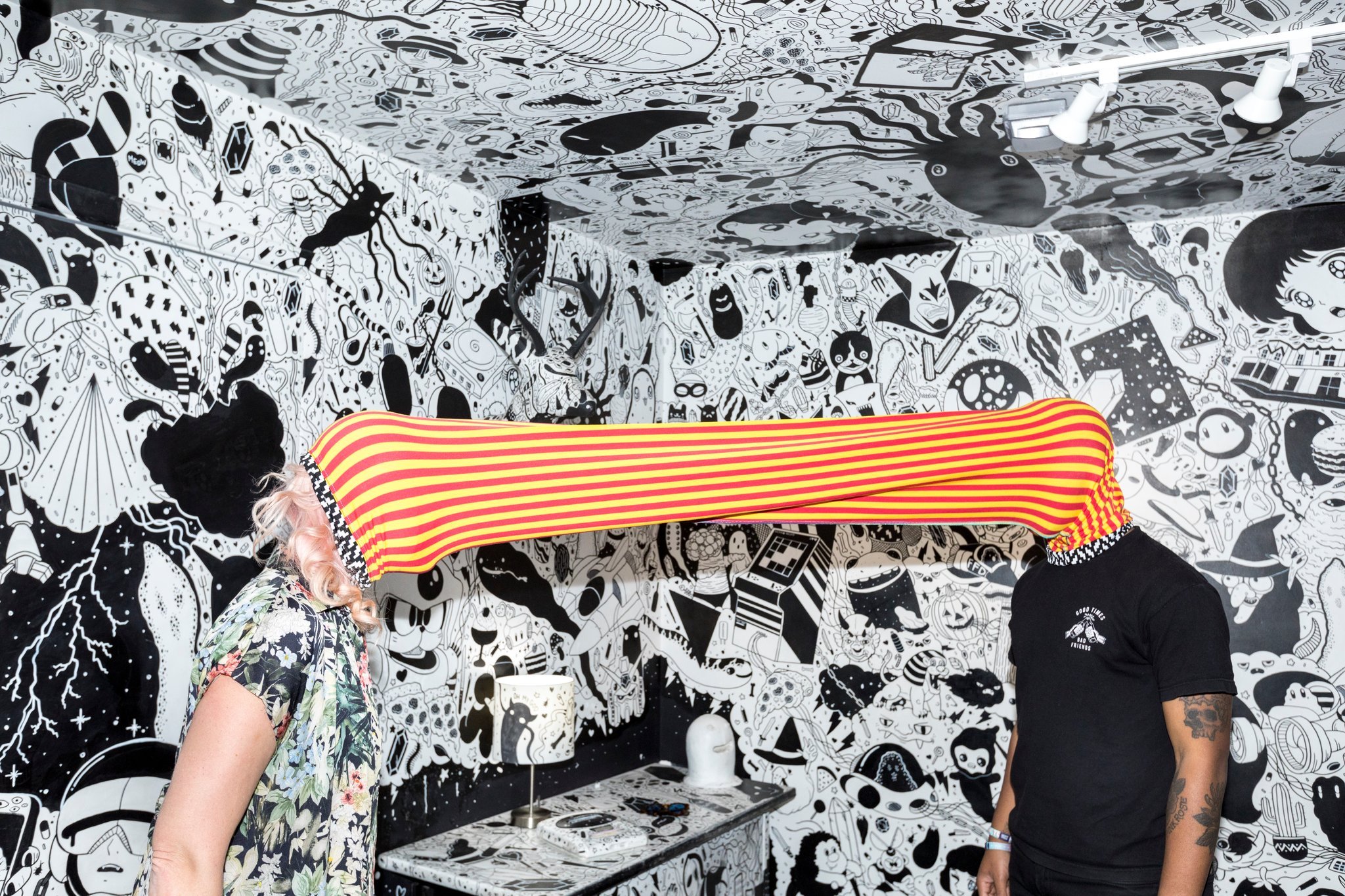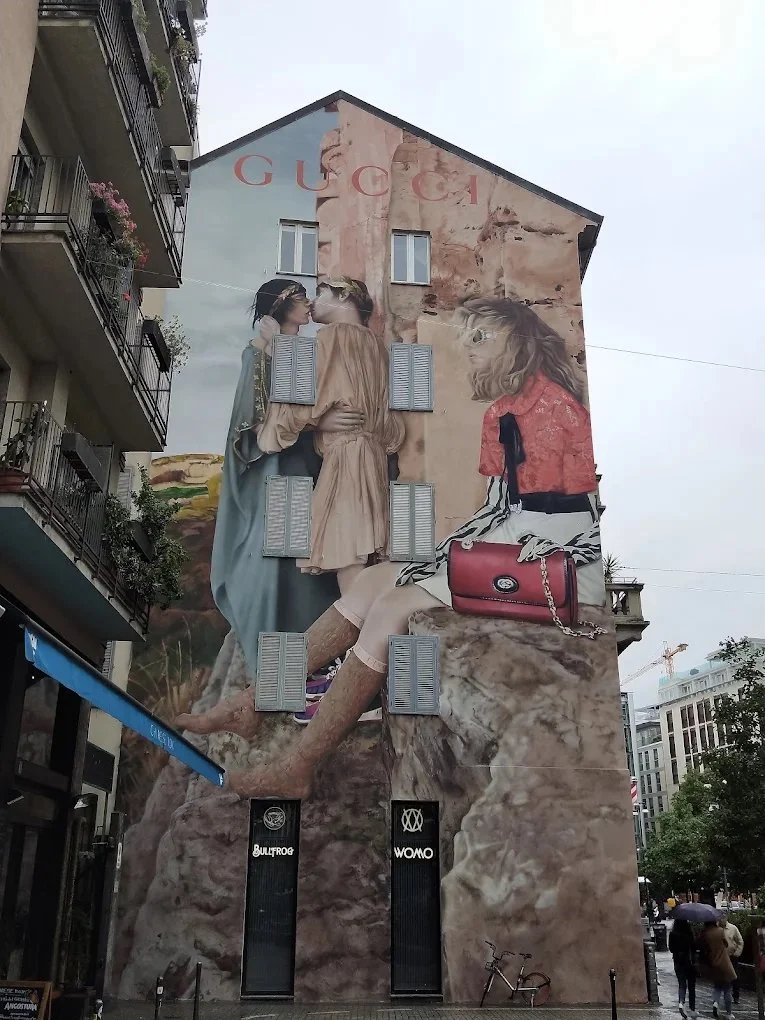Beyond the Logo: Why Integrated Art is the Future of Experiential Marketing
Branded content is everywhere, but the experiences that resonate most aren’t the ones making the most noise—they’re the ones that feel the most human. Integrated art isn’t just a backdrop anymore; it’s becoming the emotional heartbeat of experiential marketing. It doesn’t push product or chase clicks. It creates space for curiosity, reflection, and presence.
For brands, this is the opportunity: to move beyond messaging and become curators of culture—shaping experiences that outlast the moment and live well beyond the logo.
art as emotional infrastructure
Integrated art transforms physical spaces into places where people want to feel, not just pass through. It creates emotional architecture that encourages visitors to slow down and connect—with themselves, with others, and with the brand in an authentic way.
Perrier-Jouët's "Cohabitare" at Design Miami 2024
Perrier-Jouët’s Cohabitare installation, featured at Design Miami 2024, reimagined brand engagement as environmental dialogue. Created with design duo FormaFantasma, the experience placed nature—not product—at the center, using sustainable materials, interactive textures, and sculptural forms that responded to touch. It invited guests to slow down, reflect, and participate in a sensory meditation on our relationship with the natural world.
Björk’s “Nature Manifesto” – Centre Pompidou, Paris (2024)
Leave it to Björk, Icelandic singer-songwriter icon, to make extinction feel intimate. Her Nature Manifesto installation at the Centre Pompidou fused immersive audio with AI-generated recreations of extinct animal calls, layered into a lush natural soundscape. It wasn’t just a listening experience—it was a meditation on absence, presence, and our role in shaping both. Visitors weren’t told what to feel; they were enveloped in a sonic ecosystem that asked them to feel something—grief, wonder, hope, all at once. The emotional architecture of the piece turned the gallery into a living, breathing reminder of what’s been lost—and what might still be saved.
The most impactful brand spaces create emotional resonance—where the experience itself becomes the message.
Interactive Art: Engagement Through Participation
The days of passive brand engagement are over. Interactive art invites audiences to become part of the story, turning experiential activations into personal, participatory moments that forge lasting connections.
Sharpie’s "Creative Closet" at SXSW 2024
At SXSW 2024, Sharpie transformed its brand activation into a dynamic creative playground with the "Creative Closet." This interactive experience invited attendees to use Sharpie’s new Creative Markers to personalize everyday items like Bubba® water bottles, tote bags, hats, and sunglasses. It wasn’t just about the products—it was about allowing participants to infuse their own style and personality into the pieces they created. By offering a space for self-expression to thrive, Sharpie turned the activation into a collaborative art project, where every participant became a co-creator in the brand’s story. The experience didn’t just deepen emotional connections—it left attendees with a lasting sense of ownership, making Sharpie not just a brand, but a facilitator of personal creativity and community-driven art.
Meow Wolf’s Immersive Art Installations
Meow Wolf is rewriting the playbook on interactive art by transforming visitors into integral parts of its immersive, fantastical worlds. Exhibitions invite guests to step into multi-sensory environments where they become active participants in the narrative. These spaces are filled with hidden portals, tactile elements, and non-linear storytelling that spark curiosity and engagement, allowing visitors to explore, manipulate, and influence the world around them. By blending art, technology, and immersive storytelling, Meow Wolf creates not just an exhibit, but a living, breathing experience. This approach fosters deep emotional connections, encouraging exploration and self-expression, and redefining what it means to truly participate in art.
When audiences leave their mark, they carry your brand with them—turning participation into meaningful connection.
The Brand as Patron: Curating Culture, Not Just Content
Leading brands today aren’t just showcasing art—they’re commissioning it, investing in it, and giving it a platform to thrive. By becoming patrons of culture, brands position themselves as leaders in creativity and social relevance.
Absolut's "The Other Half" Exhibition at Saatchi Gallery 2024
In 2024, Absolut’s The Other Half exhibition at Saatchi Gallery, in collaboration with the Andy Warhol Foundation, celebrated the intersection of contemporary art and iconic legacy. By pairing Warhol’s rediscovered works with fresh pieces from emerging artists, Absolut created a dynamic cultural dialogue that went beyond product promotion. This initiative reinforced the brand’s long-standing commitment to art, positioning Absolut not just as a vodka brand, but as a patron of culture. The Other Half invited guests to engage with art as a powerful tool for connection and reflection, making a statement about the brand’s role in supporting creativity, fostering cultural conversations, and investing in the arts as a meaningful experience.
Gucci's Art Walls in Milan and Miami 2024
Gucci’s ongoing commitment to large-scale murals is redefining the brand’s role in the urban art scene by turning city walls into canvases for exploring complex social and cultural narratives. Rather than using these installations to showcase products, Gucci’s murals project a worldview, sparking conversation and reflection on issues like identity, equality, and the intersection of tradition and modernity. These murals are more than just public art—they are a testament to Gucci’s ability to shape and reflect the pulse of contemporary culture, creating a space where fashion, art, and activism collide. Each mural serves as a powerful visual narrative, embedding Gucci deeply into the cultural fabric of the cities it inhabits, while positioning the brand as an active participant in shaping global cultural dialogue.
Brands that support and elevate creative voices build lasting cultural capital that traditional advertising can’t replicate.
BMW’s Art Car World Tour
BMW commemorated the 50th anniversary of its legendary Art Car collection with the Art Car World Tour—a celebration of where automotive engineering meets avant-garde artistry. The tour brought together iconic cars reimagined by some of the world’s most renowned artists, showcased through interactive installations at leading global art museums. This immersive experience invited audiences to engage with BMW’s legacy in a way that transcends the traditional driving experience. By blending the worlds of fine art and cutting-edge design, BMW reaffirmed its role as a cultural patron, crafting moments that connect the past, present, and future of innovation in a way that feels both timeless and transformative.
Creating Environments to Feel
When brands integrate art with purpose—not for attention, but for connection—they create environments where people don’t just engage, they feel. These are the experiences that go beyond marketing and into memory. Integrated art is more than a creative flourish—it’s a strategy for brands looking to build deeper, more meaningful relationships.
Let’s create the pause that inspires together.

